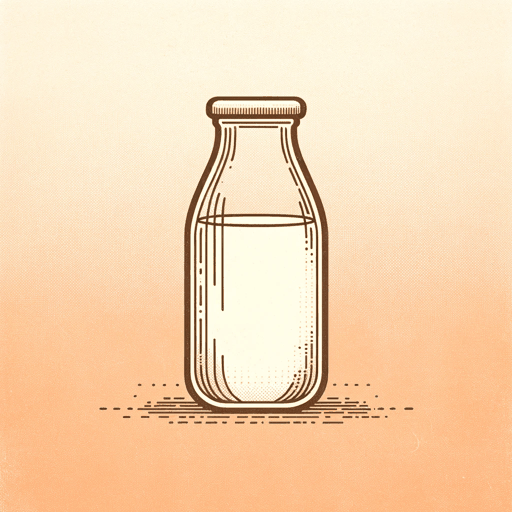49 pages • 1 hour read
Chris van TullekenUltra-Processed People: The Science Behind Food That Isn't Food
Nonfiction | Book | Adult | Published in 2023A modern alternative to SparkNotes and CliffsNotes, SuperSummary offers high-quality Study Guides with detailed chapter summaries and analysis of major themes, characters, and more.
IntroductionChapter Summaries & Analyses
Introduction Summary
Influenced by a 2014 paper on dormant viruses, van Tulleken argues that “our bodies are much more like societies than mechanical entities” (3). What he means by this is that our bodies are not just a collection of parts with biological inputs and outputs. Rather, like our immune systems in relation to dormant viruses, they are a series of complex ecosystems evolved over millennia to ensure the optimal interaction with our environment. This, he suggests, applies specifically to the way we extract energy from our food. As he says, “Over billions of years our bodies have superbly adapted to using a wide range of food” (4). From the balance of microbes in our stomachs and the way we store energy to hormones regulating hunger, our bodies have evolved a complex, harmonious relationship to the food sources around us and the nutrients they contain.
However, in the past 150 years, this relationship has been altered. As van Tulleken says, “We’ve started eating substances constructed from novel molecules and using processes never previously encountered in our evolutionary history” (4). These include modified starches, synthetic emulsifiers, stabilizing gums, dyes, and flavor compounds. They are created by processes like refining, bleaching, and hydrogenation.

